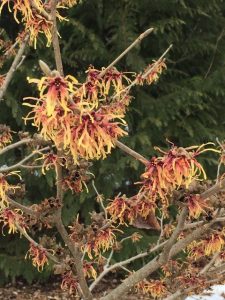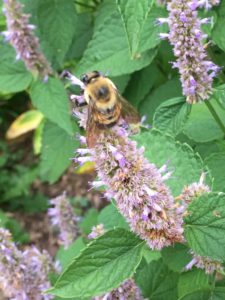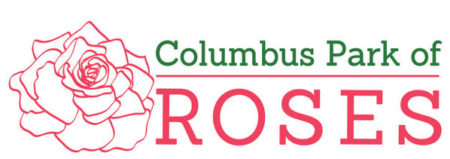This spring, insects – many of which play an important part in pollinating our plants – emerged from their winter shelter. Almost all pollinators – bees, birds, butterflies, beetles and flies (yes, even pesky flies are vital pollinators) – prefer particular plants for food.
The most nutritious of the pollinator plants are native plants, and in fact, those plants rely on the pollinators for good health as much as the pollinators rely on the plants. The plants are not only a food source for the insects, but also provide a place for the insects to lay their eggs.
The Park of Roses is adding more native trees, shrubs and flowers each year. The Perennial, Herb and Backyard gardens have a nice selection of pollinator plants and shrubs. And as an accredited arboretum, our diverse selection of trees and shrubs are a haven for insects.
Pollinators are critical to the production of many food crops and these insects need food spring, summer and fall.
The following are just a few of the many pollinator plants you can see in the park.
Trees
Crabapple, cherry, dogwood, magnolia, maple, oak and serviceberry
Shrubs
Ninebark, spicebush, Virginia sweetspire, viburnum, summersweet, witchhazel (seen above)
Perennials
Columbine, spiderwort, aster, hyssop (seen below), milkweed, purple coneflower, cardinal flower, goldenrod, liatris, butterfly weed 
Herbs
Borage, catmint, lavender, oregano, fennel, sage
Annuals
Zinnias, sunflowers, salvia
There are exhaustive lists of pollinator plants on the internet. Some will certainly fit in your home garden. Give them a try!
Written by Cathy Ferrari, Volunteer and Secretary for the Park of Roses Foundation
